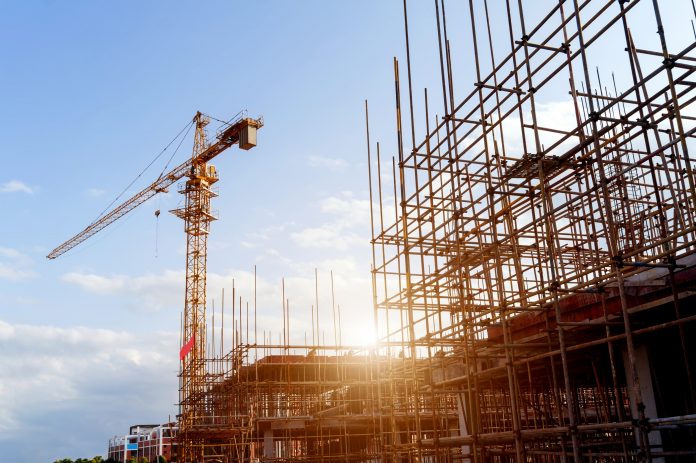The outlook for the UK’s construction industry has been downgraded, as Brexit-related uncertainty intensifies, according to the Construction Products Association’s latest forecasts
Just six months ago, the 2019 construction output was forecast to rise by 2.3%; however, the CPA’s Winter Forecasts now anticipate activity to rise by only 0.3%.
Private housing and infrastructure sectors remain the primary drivers of the construction industry growth in the coming years. The confirmed extension of the Government’s Help to Buy scheme through to March 2023 continues to encourage housebuilding activity, with output forecast to rise 2% in 2019 and 1% in 2020.
The infrastructure sector is expected to reach its highest level on record in 2019 driven by large projects such as HS2, Thames Tideway and Hinkley Point C. However, concerns remain about government’s ability to deliver major infrastructure projects, as highlighted by the cost overruns and delays seen most recently on Crossrail, and suspension of the second new power station, Wylfa.
Brexit uncertainty continues to drive expectations for the sharpest construction decline in the commercial sector, particularly felt in the offices sub-sector. Investors have signalled the uncertainty is too high to justify significant up-front investment, and output is expected to fall 20% in 2019.
However, Brexit-related uncertainties can help drive growth in other sub-sectors. The harbours sector is expected to grow by 12% in 2019 and 10% in 2020, and could be higher if works on improvements and expansions of ports need to be carried out. Warehousing will be another sector that benefits from increased activity due to demand for storage and stockpiling facilities.
Noble Francis, Economics Director at the Construction Products Association said: “Fortunes for construction depend greatly on which sector firms are operating in.
“Our latest construction forecasts are conditional on either a revised Brexit Withdrawal being agreed with the EU and getting through UK Parliament or a delay to Article 50. However, even if this occurs, the uncertainty surrounding Brexit is clearly affecting the construction industry in areas that require high investment up front for a long term rate of return such as commercial offices, which is expected to fall by 20% in 2019 on the back of sharp falls in new orders in 2017 and 2018.
“The construction of prime residential apartments and industrial factories is also being affected greatly by the high and rising Brexit uncertainty. However, whilst this uncertainty adversely affects some construction sectors, it provides a boost to others. The warehouses and harbours are relatively small sub-sectors but both are growing rapidly and are expected to enjoy double-digit growth this year as the demand rises for storage and trading facilities.
“Infrastructure is still expected to be the main driver of construction activity in both 2019 and 2020. The forecast growth in infrastructure is due to main work on major projects such as Hinkley Point C, the first new nuclear power station in over 20 years.
“However, government inability to deliver major projects to time and budget remains a major concern, highlighted most recently by the stalling of work on the second of the new nuclear power stations Wylfa Newydd and the cancellation of Moorside, the third new nuclear power station. If the government can improve its delivery of major infrastructure projects, then construction output could outperform our forecasts in spite of Brexit uncertainty. However, it is a big ‘if’.”

















